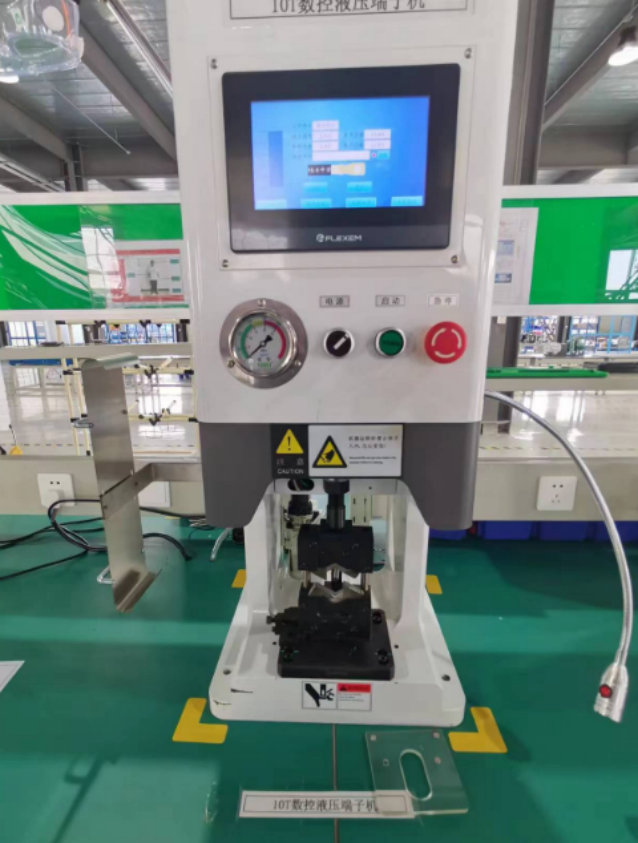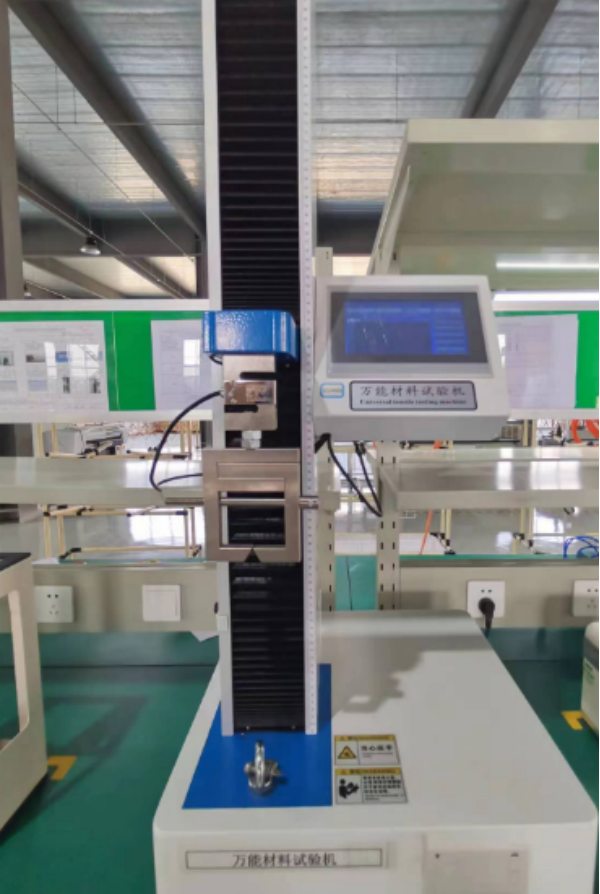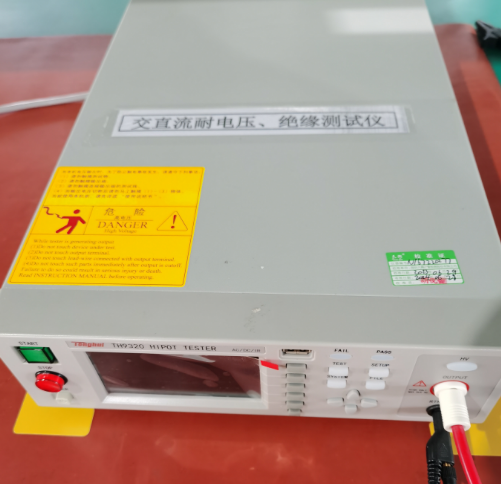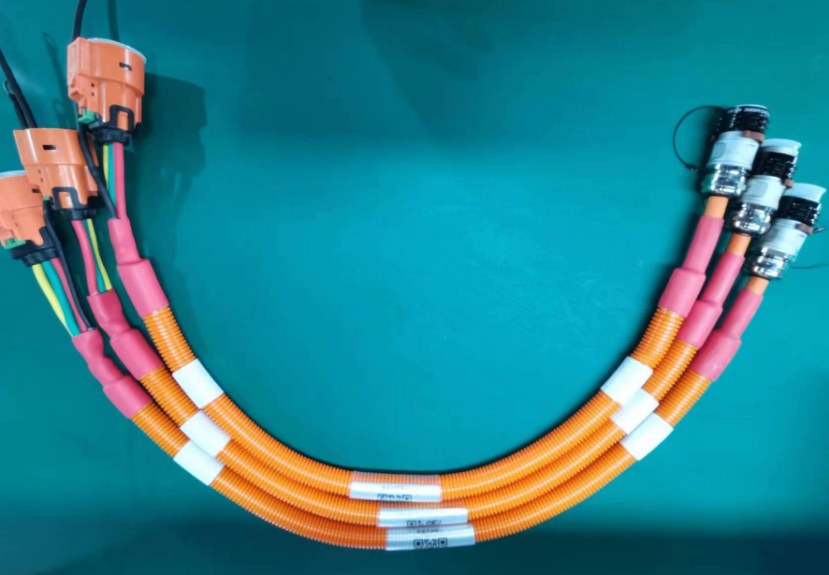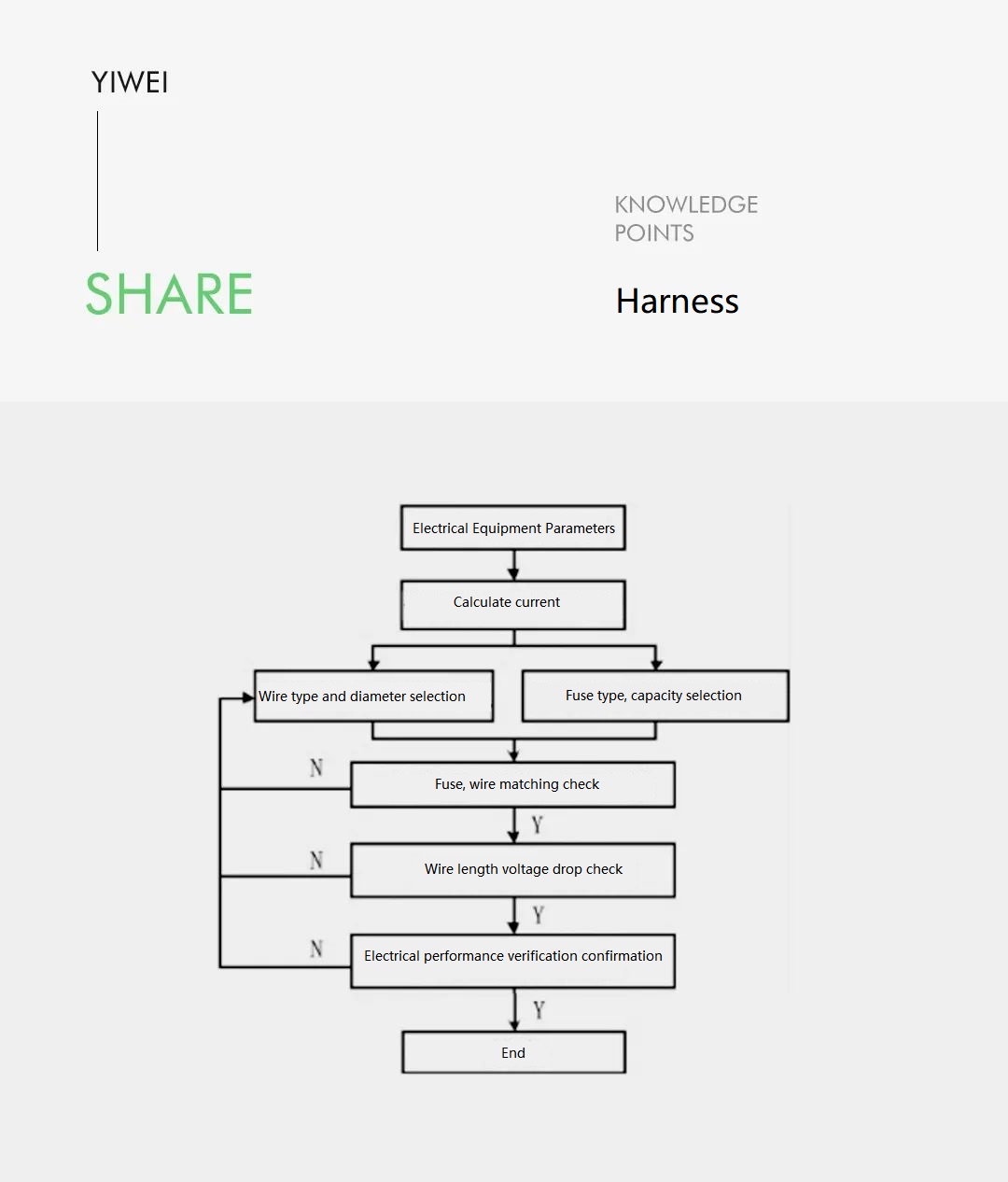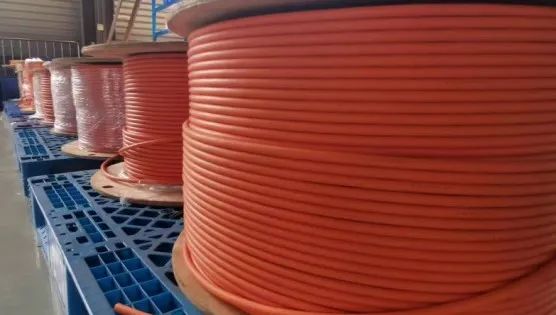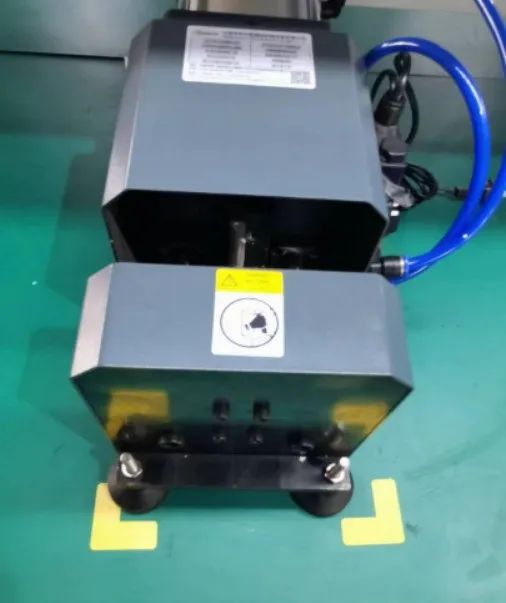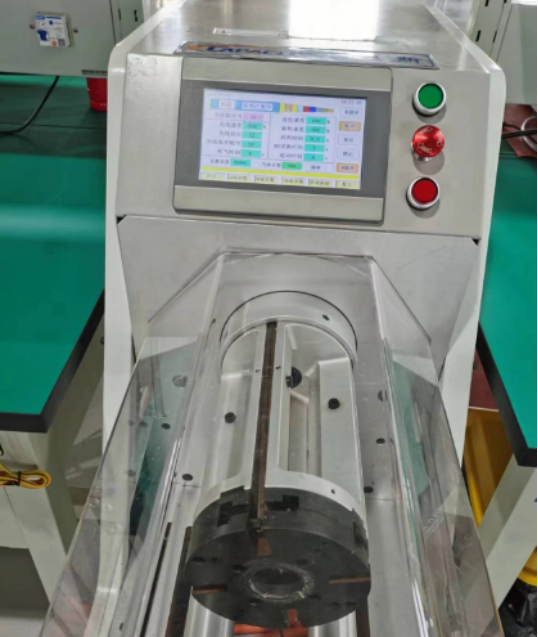The rise of new energy vehicles has made the design of new energy harnesses one of the focuses of attention. As a special transmission link for key energy and signal in electric vehicles, the design of new energy harnesses is crucial for the efficiency, stability, and safety of power transmission. Whether it is the design of new energy commercial vehicles, new energy passenger vehicles, or new energy special vehicles, the design of the harness is crucial. This article will introduce the key points of the design of new energy special vehicle harnesses, including cable selection, connector application, harness bundling, and three-dimensional layout.
01 Cable Selection
The rise of new energy vehicles has made the design of new energy harnesses one of the focuses of attention. As a special transmission link for key energy and signal in electric vehicles, the design of new energy harnesses is crucial for the efficiency, stability, and safety of power transmission. Whether it is the design of new energy commercial vehicles, new energy passenger vehicles, or new energy special vehicles, the design of the harness is crucial. This article will introduce the key points of the design of new energy special vehicle harnesses, including cable selection, connector application, harness bundling, and three-dimensional layout.
High-voltage harnesses should use permanent orange materials for visual recognition. Cables that are wired separately without auxiliary covers should use a single orange color, and the cover can be a bellows, tape, or heat shrink tubing, etc. Copper is currently the most commonly used cable material for wires, with good electrical conductivity and high thermal stability. In addition, due to the high requirements for weight and space in new energy vehicles, some new types of high-conductivity materials such as aluminum alloy wires have also begun to be used in wire manufacturing. During the production process, the selection of cables depends on the different power systems carried by different models and tonnage of vehicles, and cables of corresponding diameters are matched according to the actual power to achieve a reasonable and compliant cable selection.
Cable selection also requires that the insulating material of the cable should be consistent with the vehicle’s working environment and able to withstand physical and environmental factors such as bending, overheating, overcooling, bending, liquid intrusion, wear, short circuits, and compression. Each link in the production process is also extremely important after the design is completed.
Contact us:
yanjing@1vtruck.com +(86)13921093681
duanqianyun@1vtruck.com +(86)13060058315
liyan@1vtruck.com +(86)18200390258
Post time: Jul-24-2023





